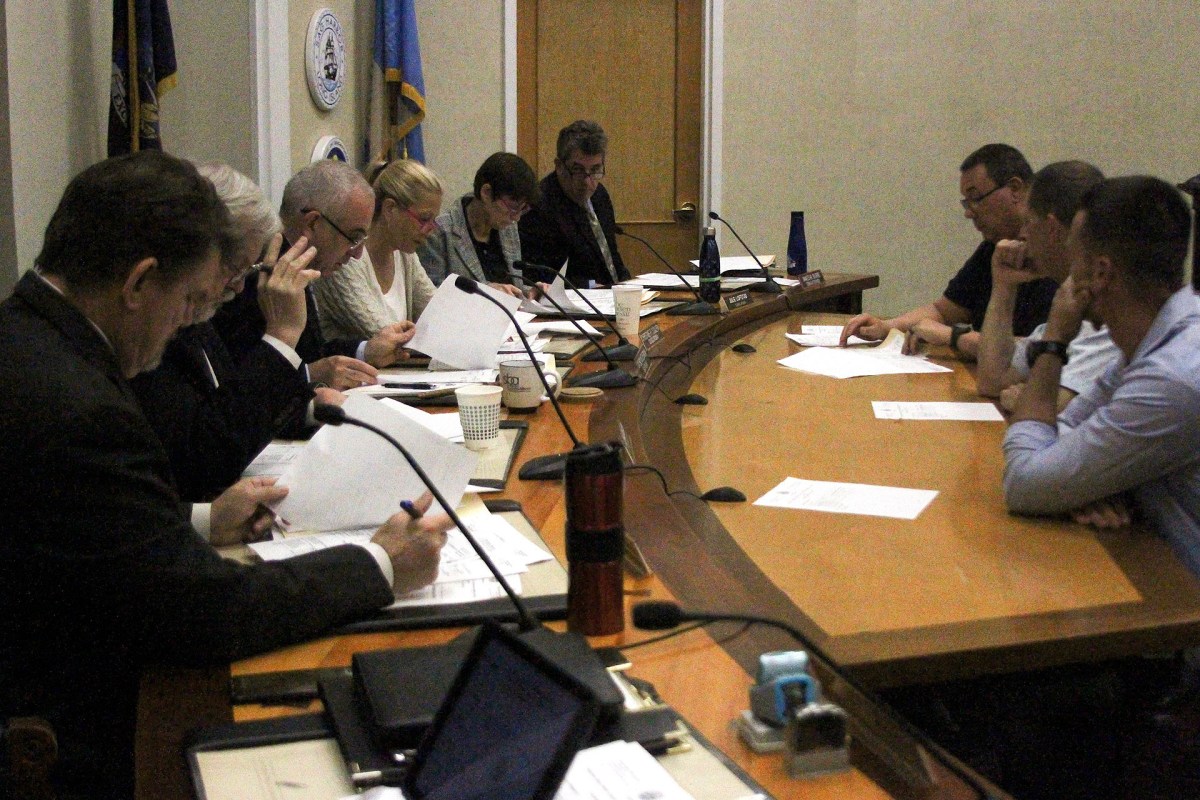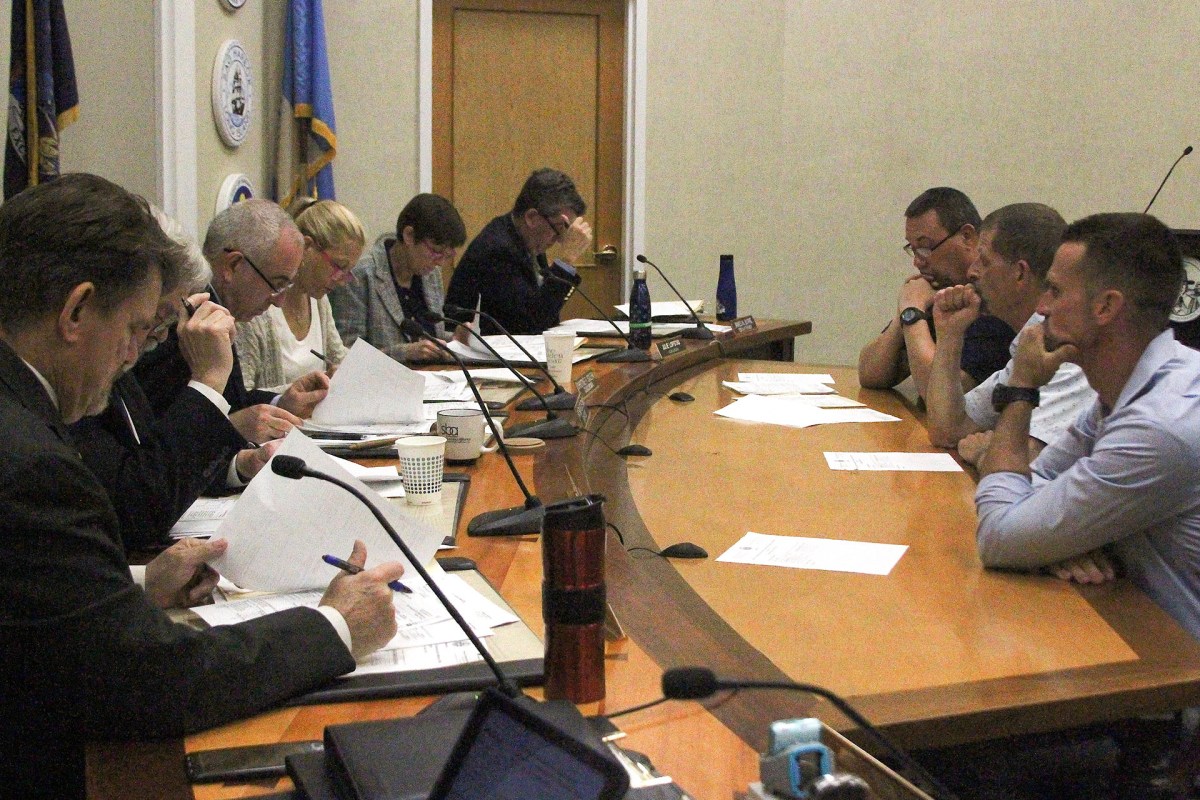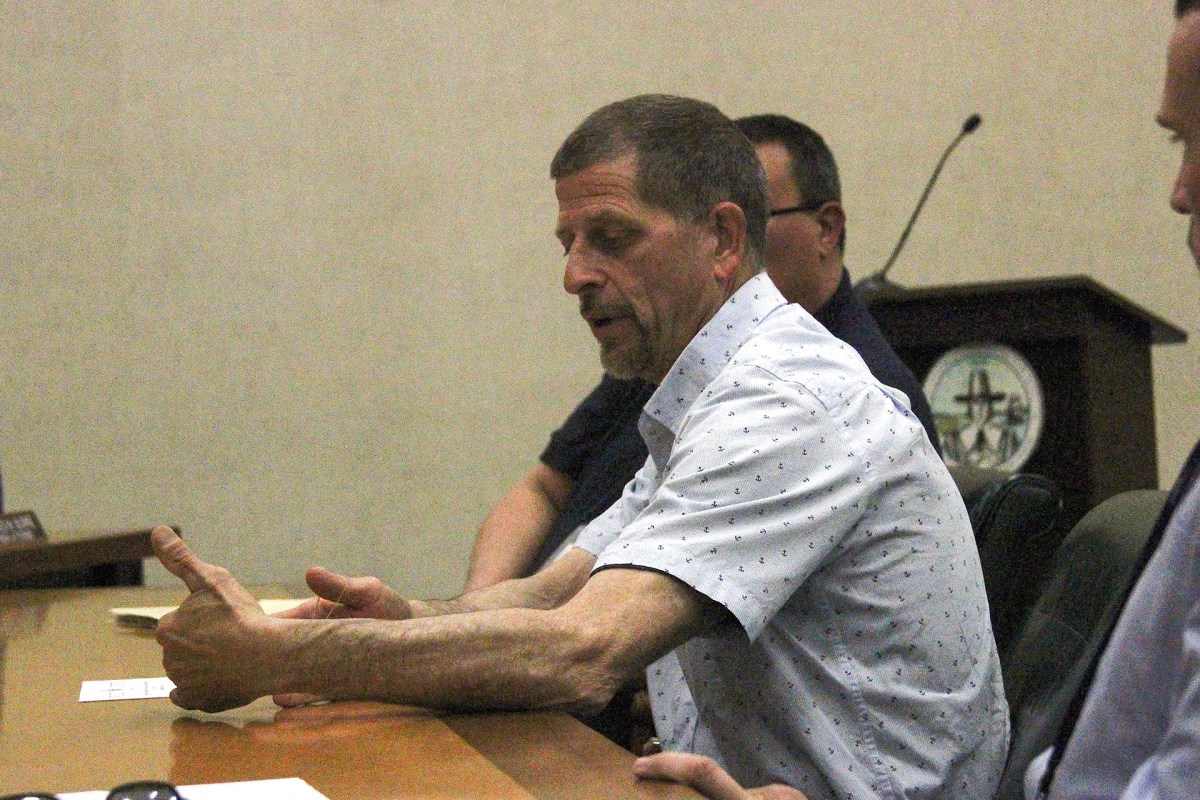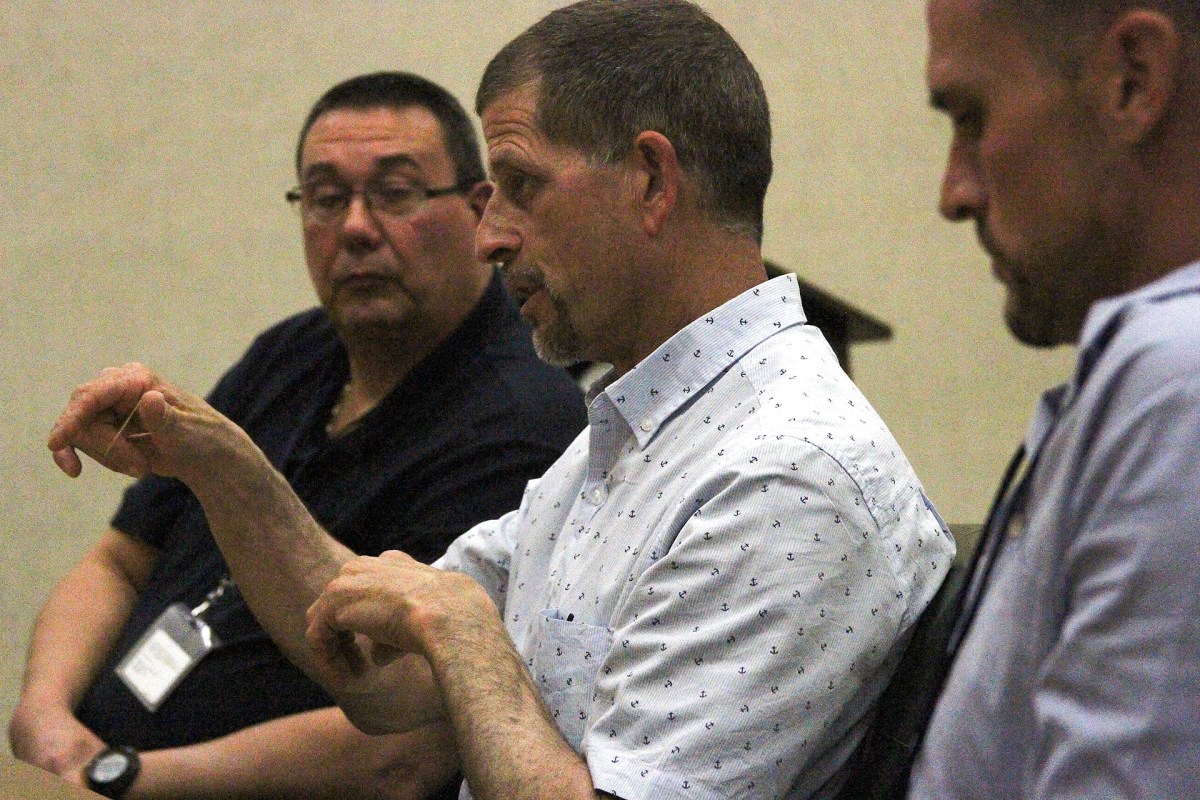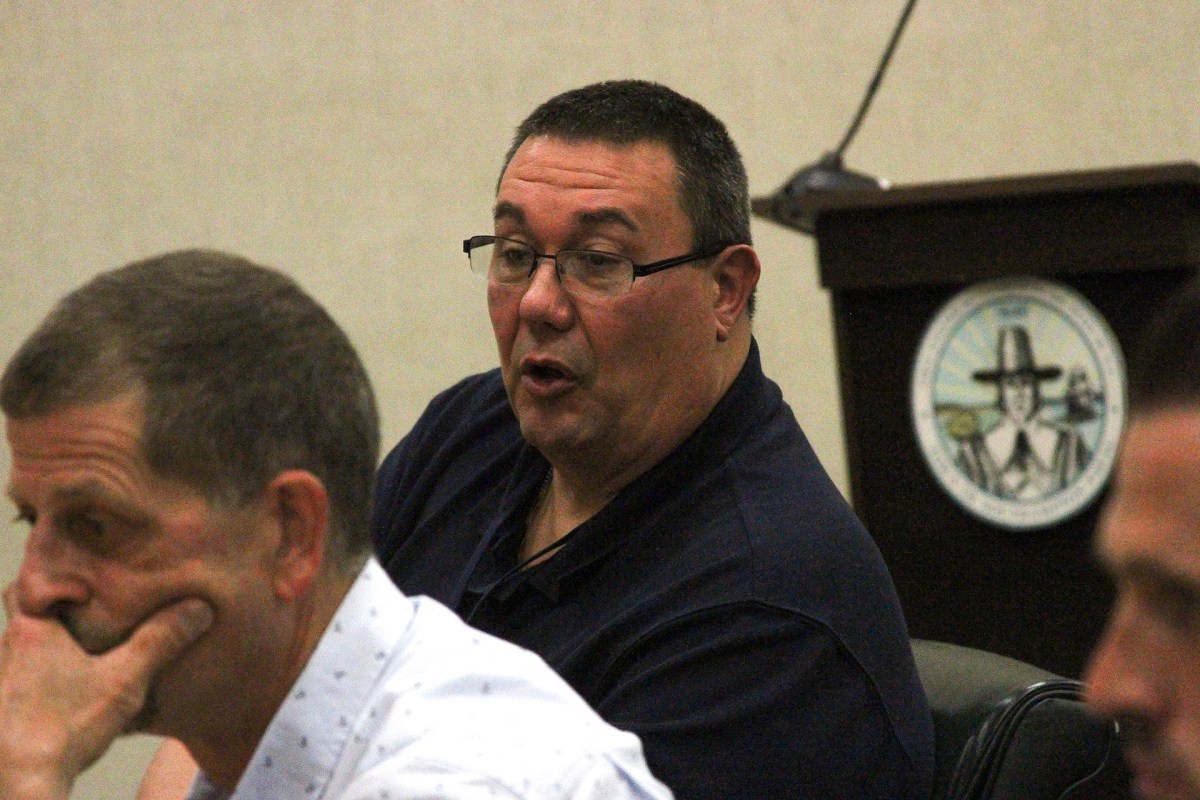District Will Wait For Cleaner Water
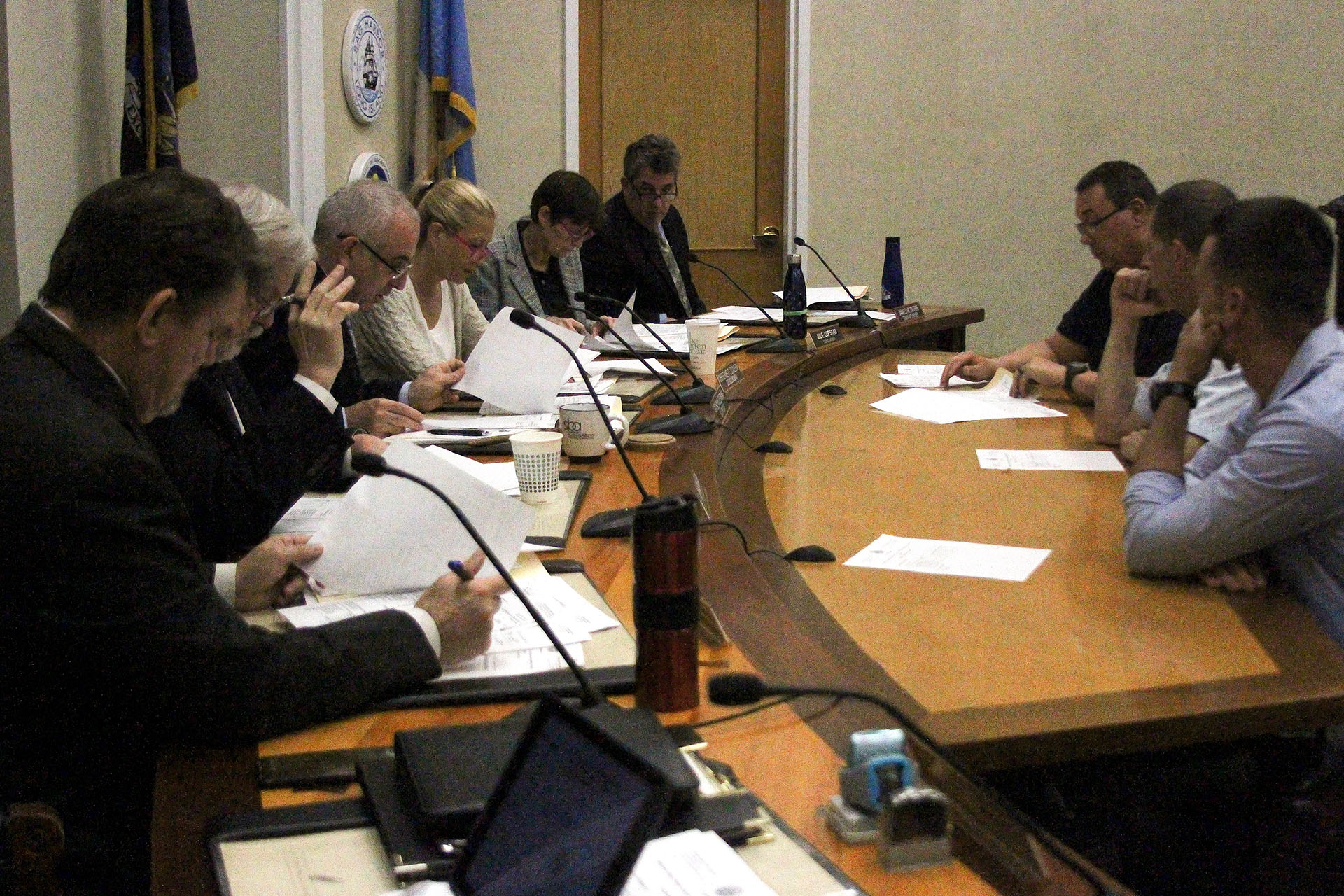
Installation of a $3 million iron and manganese filtration system at the Hampton Bays Water District’s fourth well field will take a year as engineering plans are created and money is allocated for the project, Southampton Town Supervisor Jay Schneiderman said May 9. Because of this, Hampton Bays residents who live near the well field along Bellows Pond Road near Sears Bellows County Park could still see the kind of discolored water that plagued the hamlet last summer.
At a meeting between the town board and representatives of the water district, maintenance crew leader Warren Booth said initial testing of wells one and two showed combined levels at their highest during a time sequence at 1.8 mg/L and 5.7 mg/L, respectively. These readings are well above the New York State Department of Health recommended .5mg/L for the combined substances.
According to the United States Environmental Protection Agency, iron and manganese as secondary contaminants, or substances that can alter the taste, odor, and color of drinking water. They can also have impacts on the structure or function of the water system within a home, the water well itself or, personal belongings and home fixtures. They often cause of blackish or reddish slime that builds up in toilet tanks or within the pipes within water systems, and can leave black spots on clothes when washed.
“People don’t like to bathe in or drink water that is discolored,” Schneiderman said.
Monthly testing is being conducted voluntarily, although the supervisor suggested testing more frequently, especially following cleaning of both wells in the field, which had not been serviced in 22 years, when regulations require wells to be cleaned every seven years.
Ronkonkoma-based Delta Well & Pump Co. Inc. was hired to pull both wells, clean the screens on the wellheads and sleeves, and do an acid wash during the flushing. Pump 4-1 was almost entirely rebuilt, receiving a new motor, wellhead, column, and shaft.
To help the issue for the time being, well 4-2 is being shut down, but that leaves the area with half the volume, with the system only able to pump 1000 gallons per minute instead of 2000.
“That is OK now, but when June hits and sprinklers turn on we’re going to have a very serious issue,” said Councilman Tommy John Schiavoni, to nods on both sides of the table.
“We need all the wells this year,” Hampton Bays Water District Assistant Superintendent Richard McCuen said. “We need a filtration system, period.”
McCuen said the water district will make 4-2 the last running well and first off, to be used on an as-needed basis.
In the interim, polyphosphate and orthophosphate are being used to capture the iron in solution, so it isn’t visible. It’s safe to consume, but does not lower the levels of iron in the water.
If the wells are run at full capacity this summer, Jason Hime of the Suffolk County Department of Health Services said the district will receive a tier three violation, which means a letter will need to be sent to homeowners outlining the issue.
“My phone is going to be ringing off the hook,” Schneiderman said. “I’ll have people asking: ‘Is my water safe to drink?’”
He asked maintenance crew leader James Kappers about seeking a variance from the health department. Kappers said the town can ask for it if it feels it needs it, to avoid having to send out a letter.
Councilwomen Christine Preston Scalera and John Bouvier disagreed with Schneiderman’s approach to the issue, saying notifying homeowners is “the right thing to do.”
“The information flow, continuously, good or bad, is important,” Preston Scalera said.
“I think it’s important too” added Councilwoman Julie Lofstad, a Hampton Bays resident.
Kappers said because the iron and manganese were washed out of the column, it went back into the aquifer and remains suspended at the top, saying it may take a while to flush out all the excess still built up on pipes.
“Since the new filter [on the wellheads] the numbers have continued to drop,” McCuen said. “The well was running at such a deficiency for all these years.”
Schneiderman said it was important to see if the levels continue to drop since the flushing before deciding a course of action.
In well field one, the level of perflourinated compounds (perfluorooctane sulfonate, or PFOS and perfluorooctanoic acid, or PFOA) is 179 parts per trillion, above the EPA-issued health advisory limit of 70 parts per trillion for long-term exposure, but not detected once the water passes through the granular activated carbon, or GAC filter. The compounds can cause liver, pancreatic, testicular, and mammary gland tumors, kidney damage, and reproductive problems.
“That bad news it’s in the groundwater there, but the good news is we’re taking it out,” Schneiderman said. “The GAC filter Is pulling it completely out. Completely. The water that’s being provided is free of these substances.”
The district will soon be submitting its mandated 30 samples from across the district, doing 10 a month across 30 houses, to review lead and pH levels.
Schneiderman said because he feels there’s still a lot of concern throughout the community, he’d like to, on top of the yearly requirement to send a report to homeowners, have community meetings similar to the forums held at Hampton Bays High School at the end of last year when the idea of handing over management of the district to the Suffolk County Water Authority was discussed.
“We can lay out the problems we’re having, what we’re doing now, and our plans for the future,” Kappers said.
Updates on lab test results are also available on the town’s website, along with any news and other information and water reports.
“Last year’s problem might have been a double-edged sword,” McCuen said. “Out of all bad things come some good things. I think we more or less reversed the flow of the entire district by not having that well field operating. The most demand is in the center of town, and it drew all that stuff in. By doing that, you could say it cleaned out the mains better.”
McCuen said he’d like to continue flushing twice a year, picking up more iron from the pipes.
“We as a board and water district have come a long way, in both knowledge and treatment,” Schneiderman said. “We now understand a lot more about the emerging contaminants, which pumps are having issues, so I appreciate the back-and-forth communication we’ve had, we want to be kept in the loop, give the public more information so it’s on everybody’s radar.”
Notices will be sent to homeowners once a date and time is scheduled for the first meeting, most likely to be held at the Hampton Bays Senior Center.
desiree@indyeastend.com
